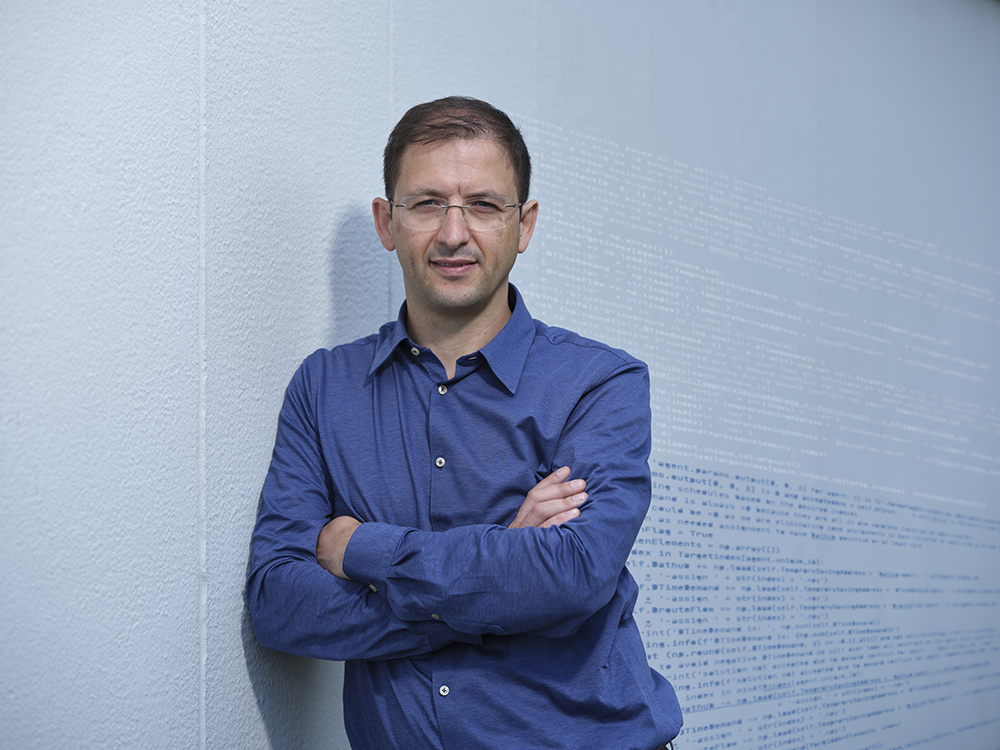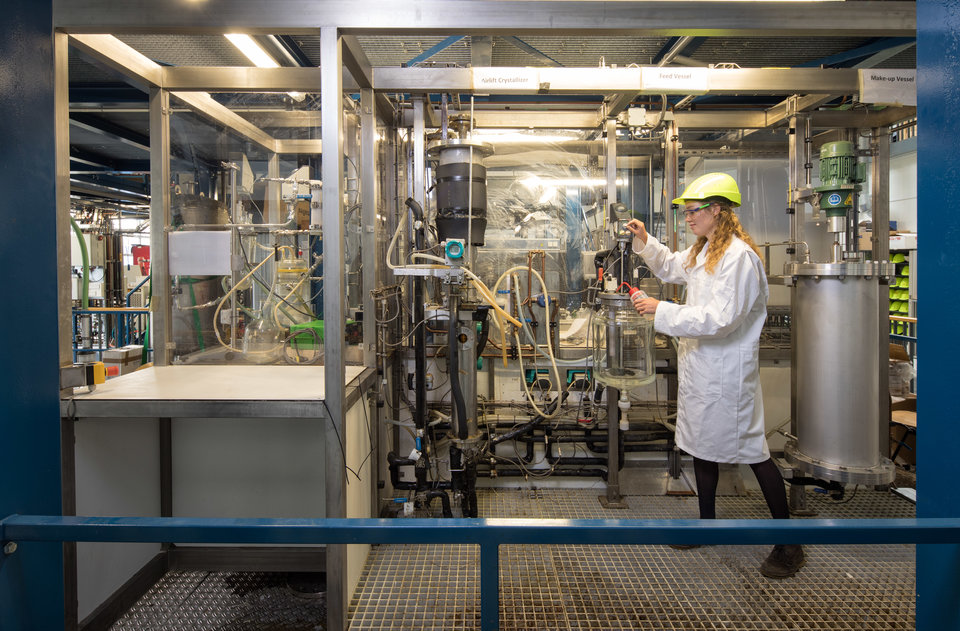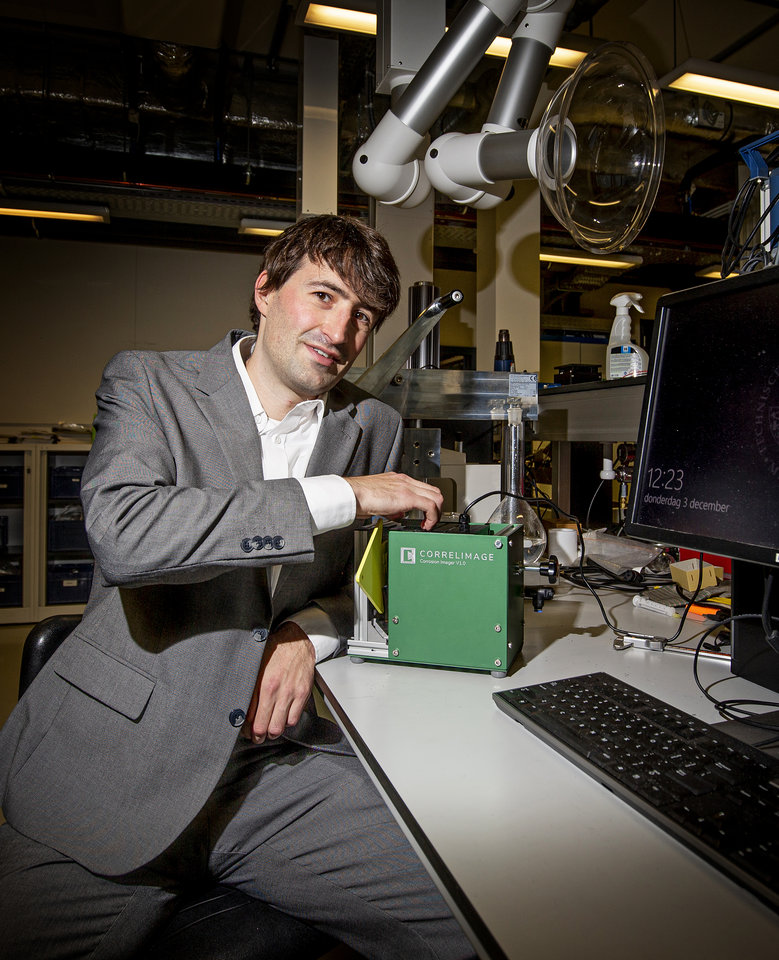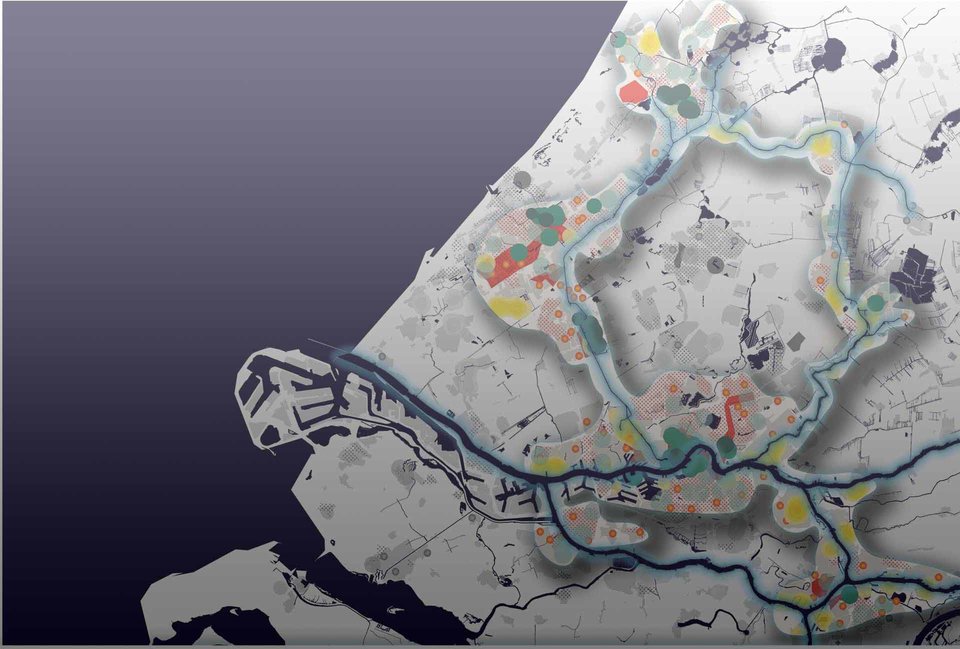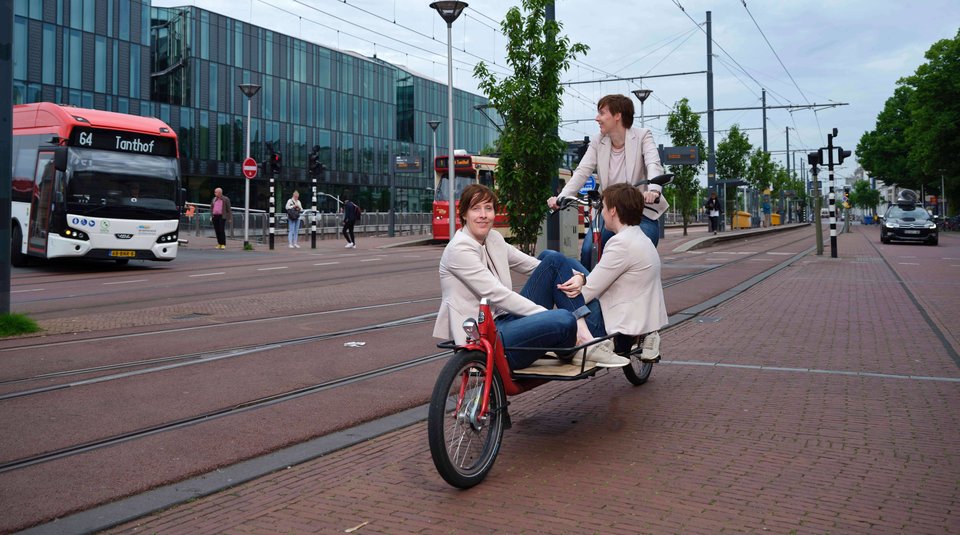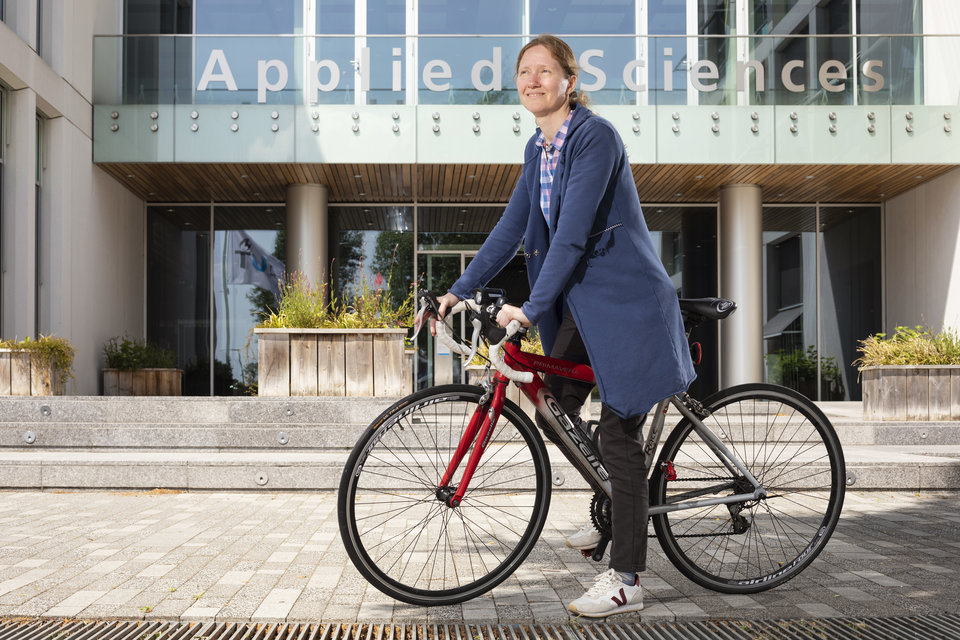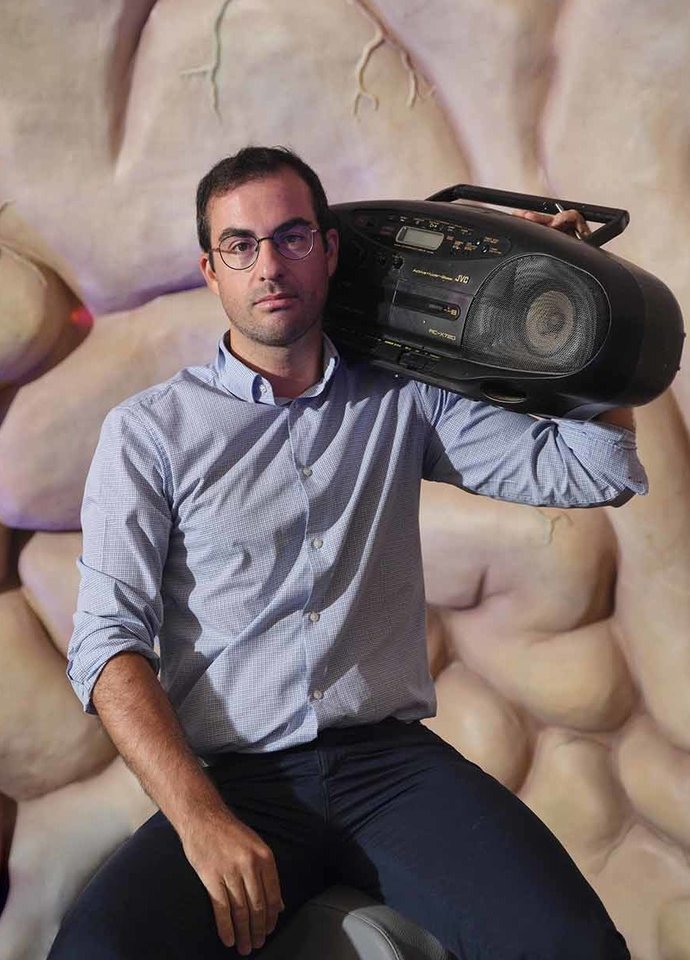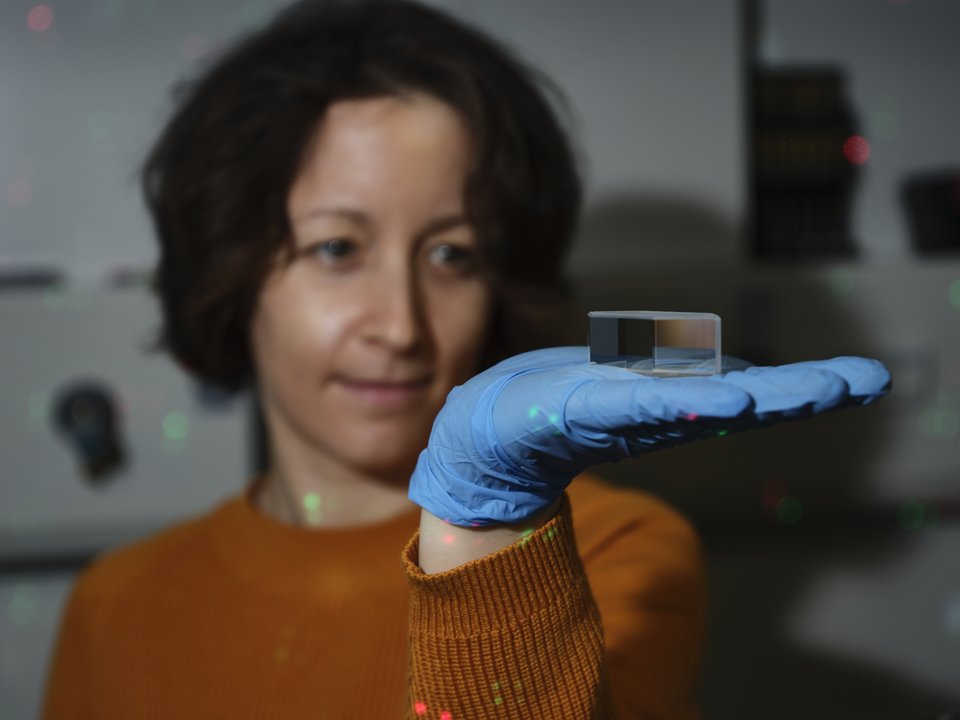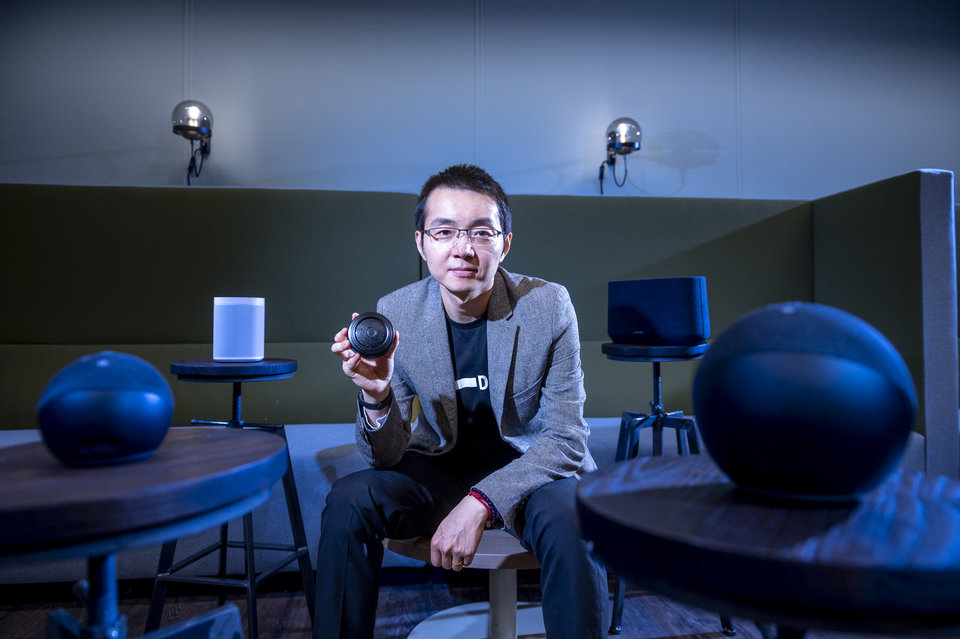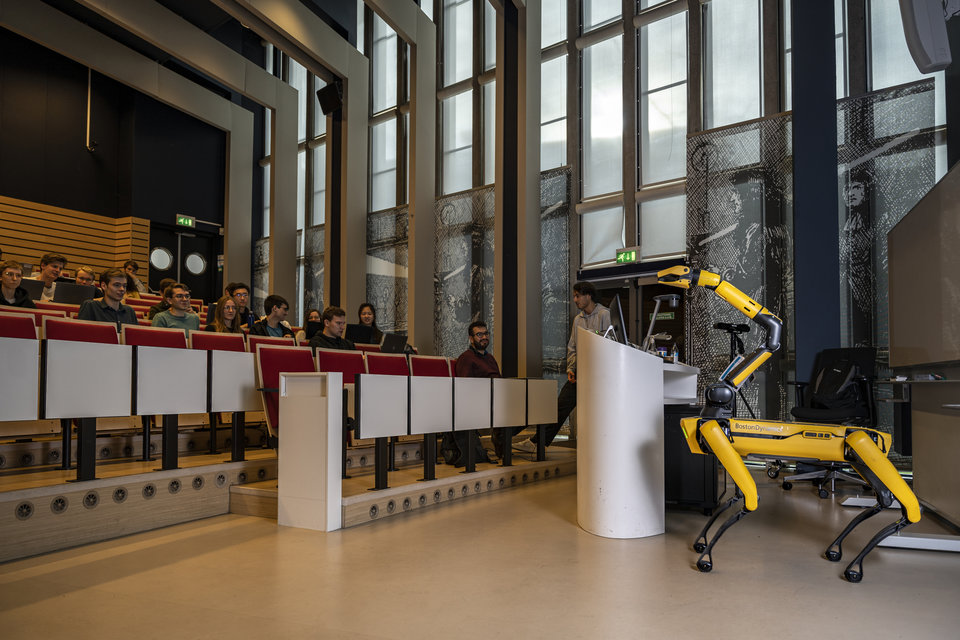Improving the sustainability of aviation is not only a technological challenge, but also a logistical one. For example, using cleaner fuels for aviation calls for sufficient facilities at airfields. Researcher Bruno Santos is exploring the impact that new types of aircraft and fuels will have on logistical operations. It is hoped that this knowledge will accelerate investments aimed at improving sustainability.
Although air travel boosts prosperity and people’s well-being, it also contributes to climate change. Aiming to achieve climate-neutral aviation by 2050, the aviation industry is working hard to minimise its impact on the climate. TU Delft is helping in that process. Contributing to clean aviation is one of the university's research priorities. The research being conducted in Delft includes such areas as more sustainable aircraft production and maintenance, energy-efficient aircraft designs, such as the Flying-V, and cleaner propulsion, such as synthetic kerosene or biokerosene, hydrogen and electricity. Improved operational efficiency by airlines and more sustainable airports also open up opportunities for making aviation greener.
Consequences of different models and types of propulsion
In his role as associate professor of Airline Operations, Bruno Santos is exploring what the different solutions mean for aviation operations as a whole. “Using a different fuel or a new type of aircraft has various economic and social consequences. It may mean that airlines will have to replace part of their fleet, or all of it. That is hugely expensive. A different type of propulsion also has an impact on the weight of the aircraft and the distance it can fly. For example, a battery is very heavy, limiting the distance that an electric aircraft can cover. That may mean that an additional stop is needed which lengthens the journey and limits the fleet’s availability. Hybrid propulsion – part fuel, part electric – has a larger range.”
Airports face logistical challenge
These changes will present challenges for airports. The mixture of different fuels creates a huge task in terms of logistics. Santos: “Specific measures and a designated infrastructure are required for every fuel or energy carrier. For electric aircraft, you need to ensure there are sufficient charging points. Fuelling points for hydrogen may have to be located further away from the terminals for safety reasons. But that in turn raises costs and increases the time that aircraft spend on the ground. Logistical changes also have consequences for the people working at an airport, such as ground staff and maintenance services. All this calls for different knowledge, jobs and staffing.”
Looking to the other to start
Much of the puzzle that will need solving by 2050 comes down to the investment involved. Aviation may be willing to pay to improve its sustainability, but it remains a commercial sector. Santos: “Before deciding to invest, a party first wants to know that the project will deliver. But the problem at the moment is that everyone is looking to the other to start. An aircraft manufacturer will only begin developing a new type of aircraft if an airline asks it to. But that airline in turn will want to be sure that there are sufficient facilities for refuelling or charging a battery. On the other hand, an airport might then respond: I will only install facilities if there is enough demand. In other words, sustainable innovation takes time and requires coordination. We can accelerate that process using models that can demonstrate the added value of new technologies to these stakeholders.”
Coordinating demand and supply
One of the models that Santos is working on aims to improve the coordination of demand and supply. “If you can confidently predict that half of all aircraft will be flying on hydrogen within thirty years, you know what facilities an airport needs to install. You also need to demonstrate the phases in which this will happen, so that you know when to take which step. An airline won’t replace its whole fleet overnight and nor will an airport modify its entire infrastructure. You also need to take account of the production of the energy sources and supply to the airport. In other words, not everything is in the control of the aviation sector.”
A lot of creative freedom
Santos is pleased to be able to contribute to improving the sustainability of the aviation industry from his position at TU Delft. “The great thing about it is that we have a lot of freedom and flexibility as researchers. We can afford to come up with ten ideas and concepts when only one or two will ultimately be implemented. An aircraft manufacturer doesn’t have that freedom. I also really enjoy solving problems and there are plenty of them in aviation. In my view, developing new green technologies is the only way we can continue to fly and offer future generations the opportunity to discover the world.”
Digital copy of new type of aircraft
In order to model the future effectively, Santos hopes to be able to develop a digital twin of an airline within a few years. In this kind of digital copy, agents – computer models – simulate a range of decision-making units within an airline’s operations. Santos: “Think of the planners responsible for the fleet development or for maintenance. Using a simulation, we can assess how an airline will adapt to new technologies or innovative operations. We can give the model the option of running a Flying-V on hydrogen, for example, and then assess how the network and related operations change, the extent to which CO₂ emissions are reduced and what the cost of this will be for the passengers.”
Improving sustainability in the short term
Although the major leaps forward towards climate-neutral aviation are unlikely to happen for several years, it is possible to improve sustainability in the short term, emphasises Santos. “One quick way of reducing the climate impact of aviation is to make activities more efficient. By means of digitalisation, process optimisation and the use of data, for example. For example, one can use real-time aircraft components health monitoring to gain a highly accurate picture of the condition of an aircraft and its components. This can prevent unnecessary replacement. Timely maintenance also increases the lifespan of an aircraft. I also see electric taxiing as an interesting development. It’s currently being tested at Schiphol. It can hugely reduce fuel consumption at an airport.”

